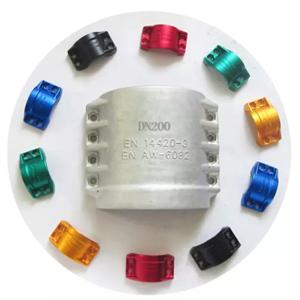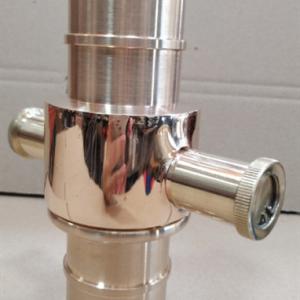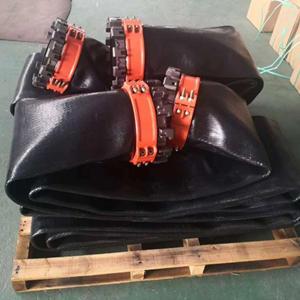Difference and characteristics of aluminum alloy pressure casting and gravity casting
Aluminum alloy casting processes are roughly divided into two types: gravity casting and pressure casting.Aluminum alloy pressure casting refers to a process in which a metal liquid is injected into a mold under the action of other
external forces (excluding gravity). Pressure casting is divided into high pressure casting and low pressure casting.
High pressure casting is what we usually call die casting. The aluminum liquid is poured into the pressure chamber,
and the mold cavity is filled at high speed by its pressure, and the aluminum liquid is solidified under pressure to form
an aluminum casting.
The characteristics of aluminum alloy die castings are:
1. The surface of the product is good, generally it can reach Ra6.3 or even Ra1.6.
2. Do not heat treat.
3. The product has high air tightness, high casting strength and surface hardness, but low elongation.
4. The mold cost is high and the service life is short.
5. High production efficiency.
6. It can produce thin-walled parts with small machining allowance.
Aluminum alloy gravity casting refers to the process in which aluminum liquid is injected into the mold under the
action of earth's gravity. Gravity casting is divided into: sand casting, metal (steel mold) casting, and lost foam casting.
Nowadays, the most widely used is metal mold (steel mold) casting. The mold is made of heat-resistant alloy steel.
The strength, size and appearance of the cast aluminum casting are higher than those of other casting processes.
Gravity casting aluminum liquid is usually poured into the gate manually. The metal liquid is used to fill the cavity,
exhaust, cool, and open the mold until the sample is obtained. The process is generally: molten aluminum melting,
pouring filling, exhaust , Cooling, mold opening, clear production, heat treatment, processing.
The characteristics of aluminum alloy gravity casting are:
1. The surface finish of the product is not high, and pits are easy to occur after shot blasting.
2. There are few pores inside the aluminum casting, which can be heat treated.
3. The product has low density and slightly poor strength, but high elongation.
4. Low mold cost and long mold life.
5. Low production efficiency, which increases production costs.
6, the process is relatively simple, not suitable for the production of thin-walled parts.
When choosing the production process of the product, the choice is mainly based on the wall thickness of the workpiece.
When the product wall thickness is greater than 8mm, die casting will cause a lot of pores to remain in the wall, so products
with thicker walls can be selected by gravity casting .





